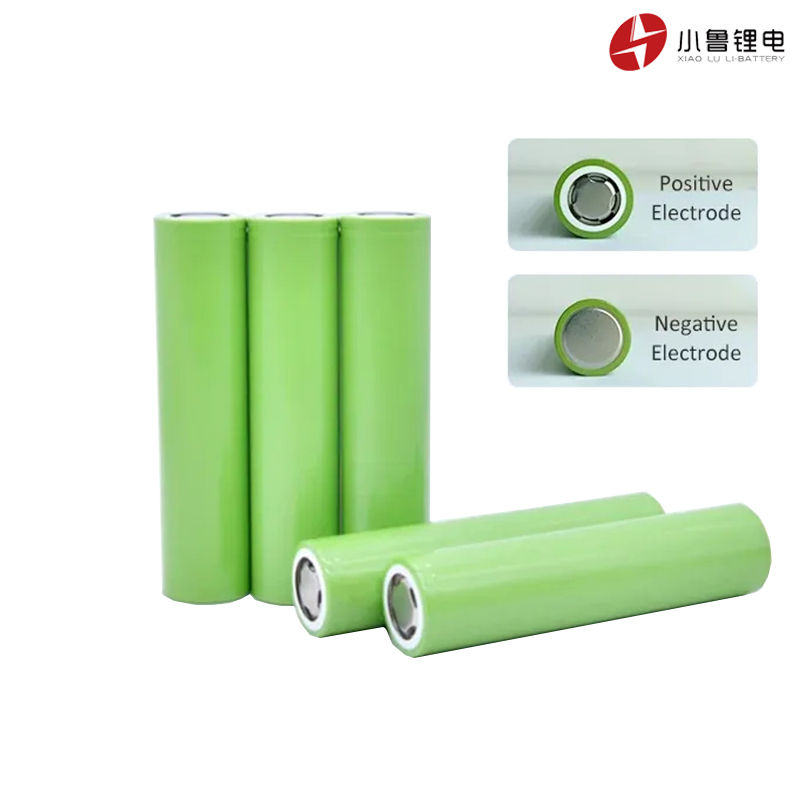32700 vs 32140 Lithium-Ion Battery Cells: Which One Fits Your Needs in 2025?
As the demand for efficient and reliable energy storage solutions continues to rise, choosing the right lithium-ion battery cell becomes crucial. Two popular cylindrical LiFePO4 (Lithium Iron Phosphate) battery cells—32700 and 32140—are often compared for their performance, size, and suitability across various applications. This article provides a comprehensive comparison of 32700 vs 32140 battery cells to help you make an informed decision.
? Overview: 32700 vs 32140 Battery Cells
| Feature | 32700 Cell | 32140 Cell |
|---|---|---|
| Nominal Voltage | 3.2V | 3.2V |
| Capacity | 5,000–6,000 mAh | 12,500–15,000 mAh |
| Dimensions (mm) | 32.2 × 70.5 | 32–33.4 × 140 |
| Weight | ~140g | ~275g |
| Cycle Life | ≥2,000 cycles @ 100% DOD | ≥2,000–3,500 cycles @ 80% DOD |
| Max Discharge Rate | Up to 10C (e.g., 60A for 6Ah cell) | Up to 10C (e.g., 150A for 15Ah cell) |
⚙️ Performance Comparison
Capacity & Energy Density
When comparing 32700 vs 32140 cells, capacity is a significant differentiator. The 32140 Lithium Iron Phosphate battery cells offer more than double the capacity of 32700 cells, making them suitable for applications requiring longer runtimes or higher energy storage.
Cycle Life & Durability
Both 32700 and 32140 cells exhibit impressive cycle lives. However, 32140 cells often achieve higher cycle counts, especially when operated at 80% Depth of Discharge (DOD), enhancing their longevity in demanding applications.
Charging & Discharging Rates
In the 32700 vs 32140 comparison, both cells support high discharge rates. For instance, certain 32140 cells can handle continuous discharge currents up to 72A and pulse currents up to 150A, making them ideal for high-power applications.

Application Suitability
32700 Battery Cells
Best For:
Portable power stations
Solar energy storage
Electric scooters and bikes
Backup power systems
Pros:
Compact and lightweight design
Cost-effective for smaller applications
Adequate performance for moderate power needs
Cons:
Lower capacity limits usage in high-energy-demand scenarios
May require more cells to achieve desired energy storage
32140 Battery Cells
Best For:
Electric vehicles (EVs)
Uninterruptible Power Supplies (UPS)
Residential and commercial energy storage systems
Industrial equipment requiring high power
Pros:
High capacity reduces the number of cells needed
Excellent cycle life ensures long-term reliability
Handles high discharge currents effectively
Cons:
Larger size may not fit compact designs
Heavier weight could impact portability
? Conclusion: Which Cell Should You Choose?
In the 32700 vs 32140 debate, your choice depends on specific application requirements.
Choose 32700 if you need a compact, lightweight, and cost-effective solution for moderate energy needs.
Choose 32140 if your application demands higher capacity, longer cycle life, and the ability to handle substantial power loads.
By understanding the strengths and limitations of each cell type, you can select the battery that best aligns with your energy storage goals in 2025.



